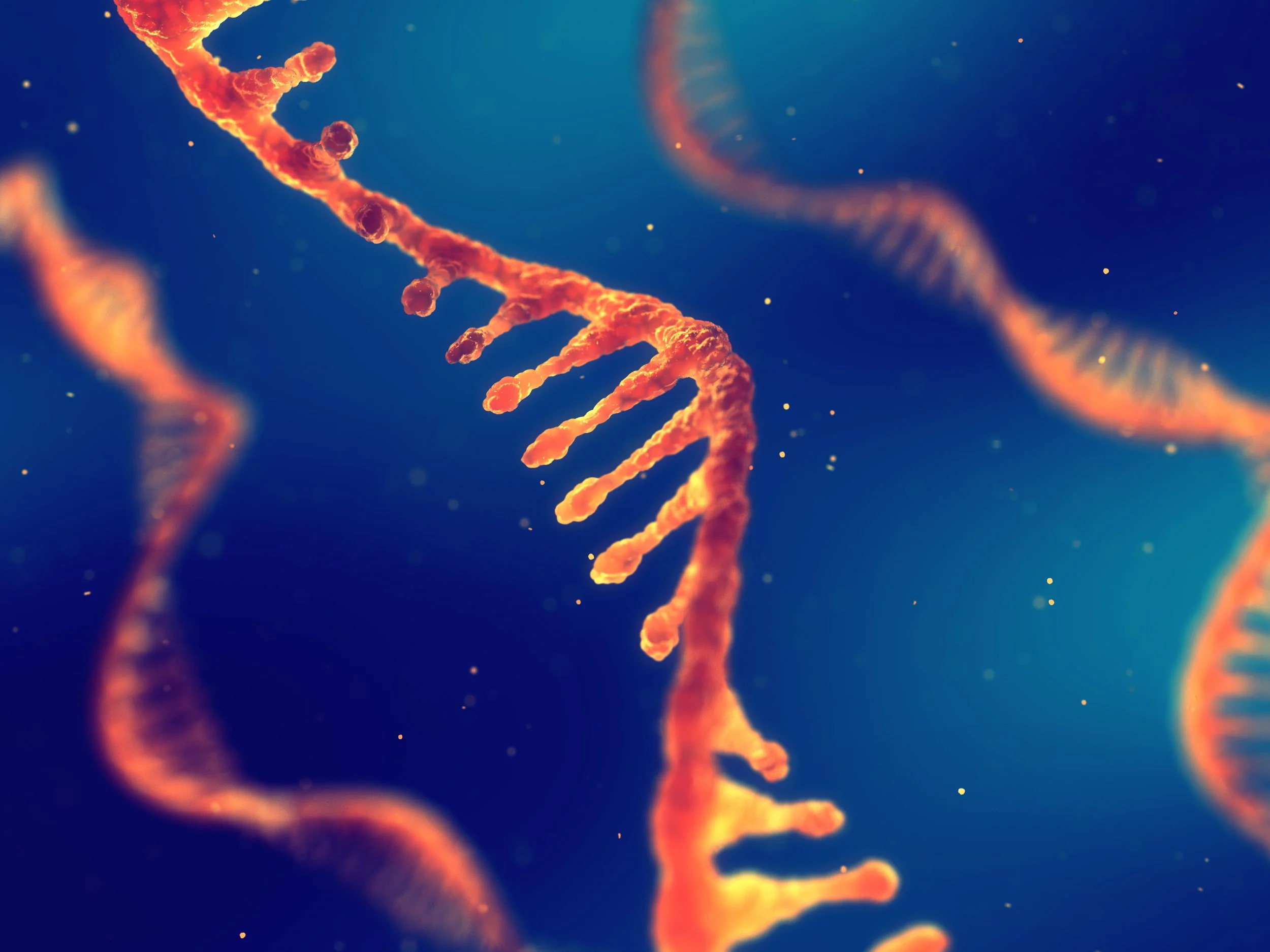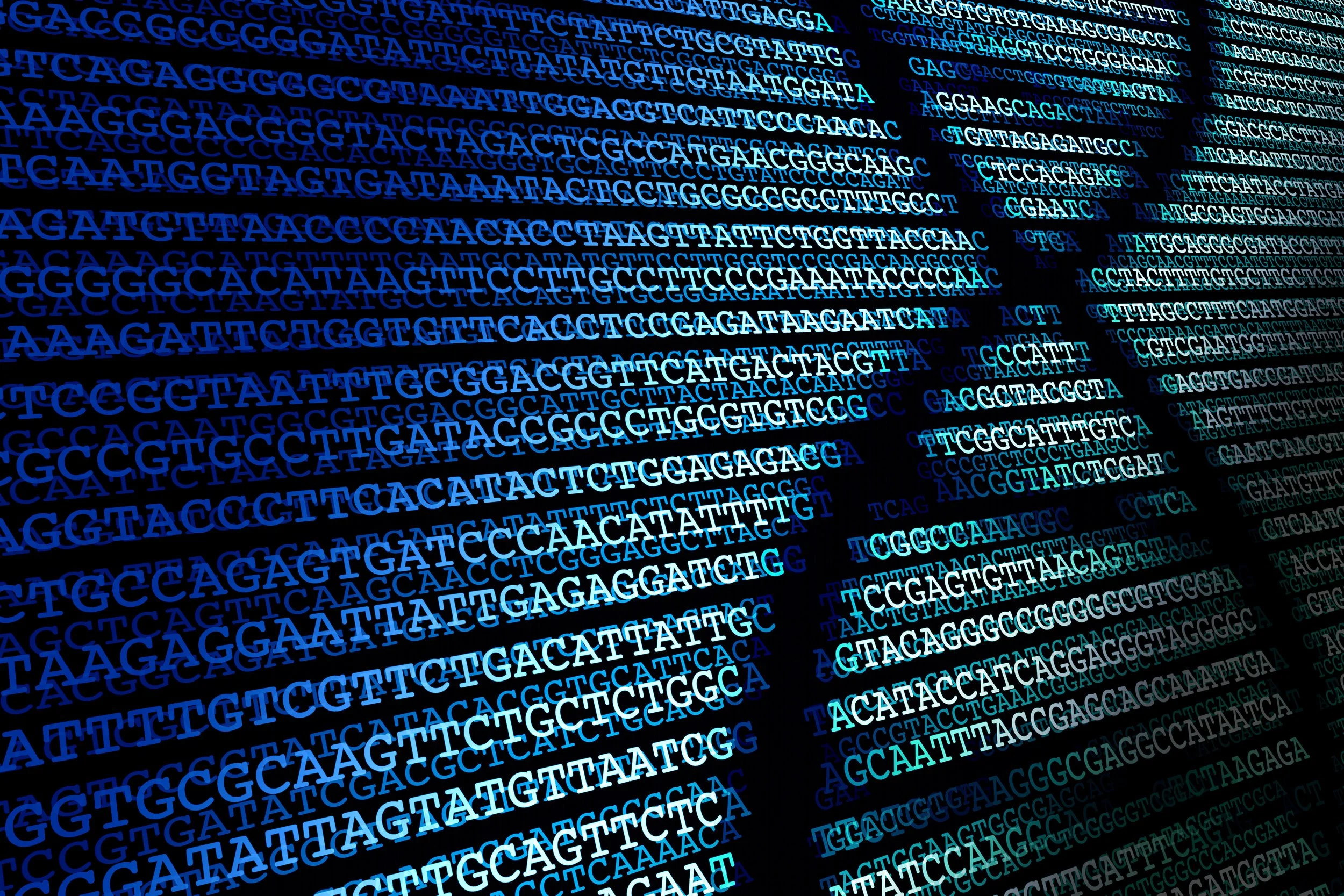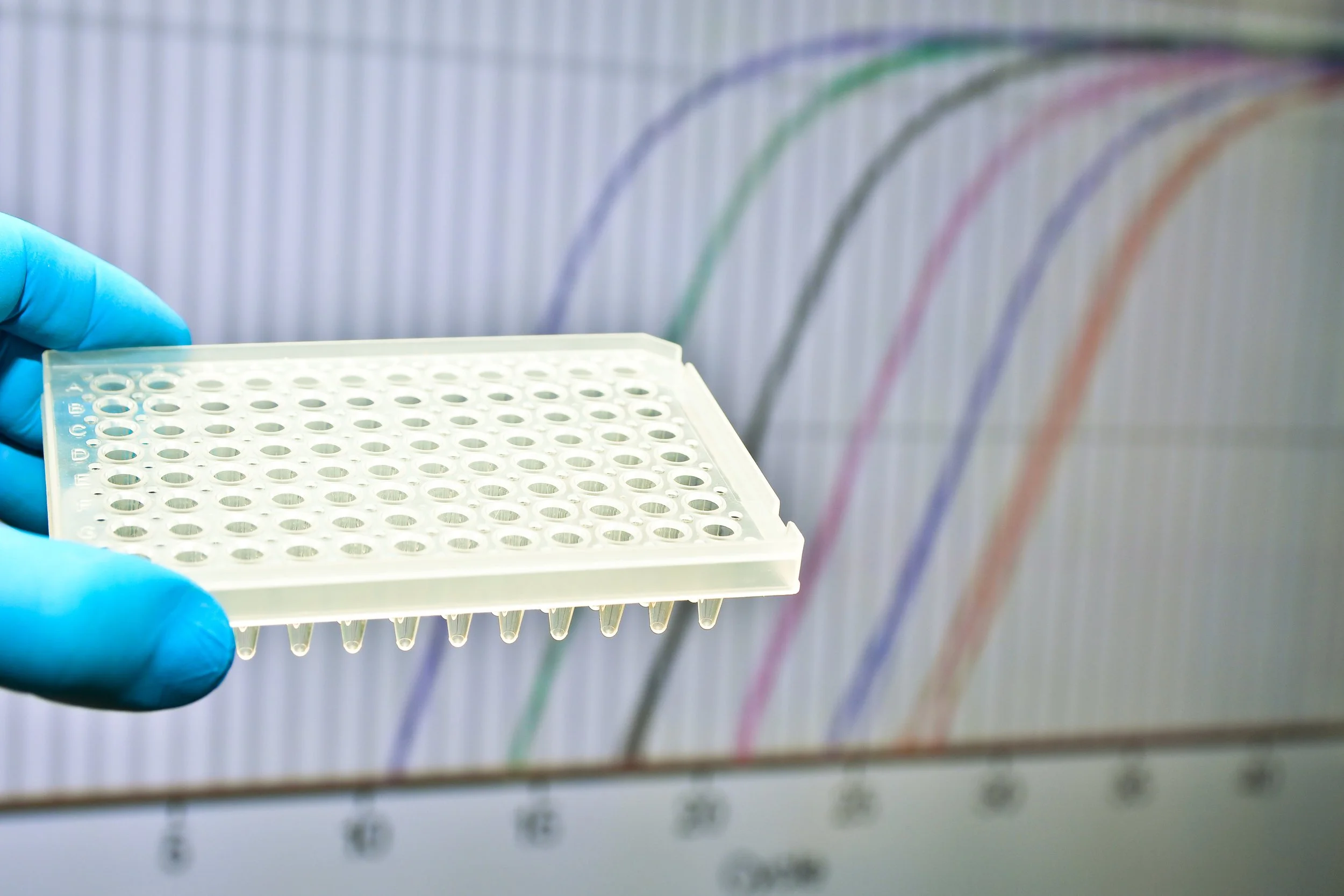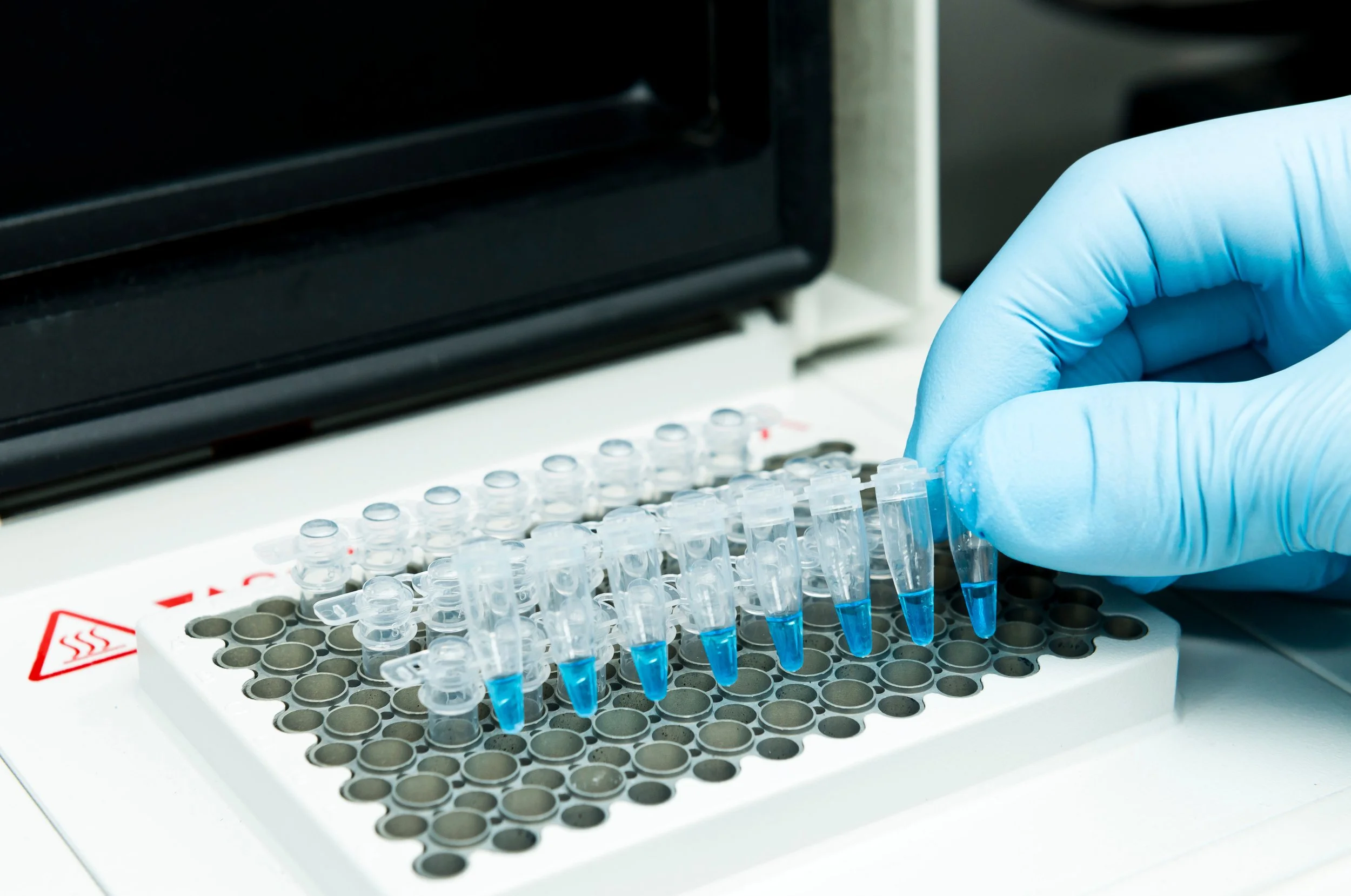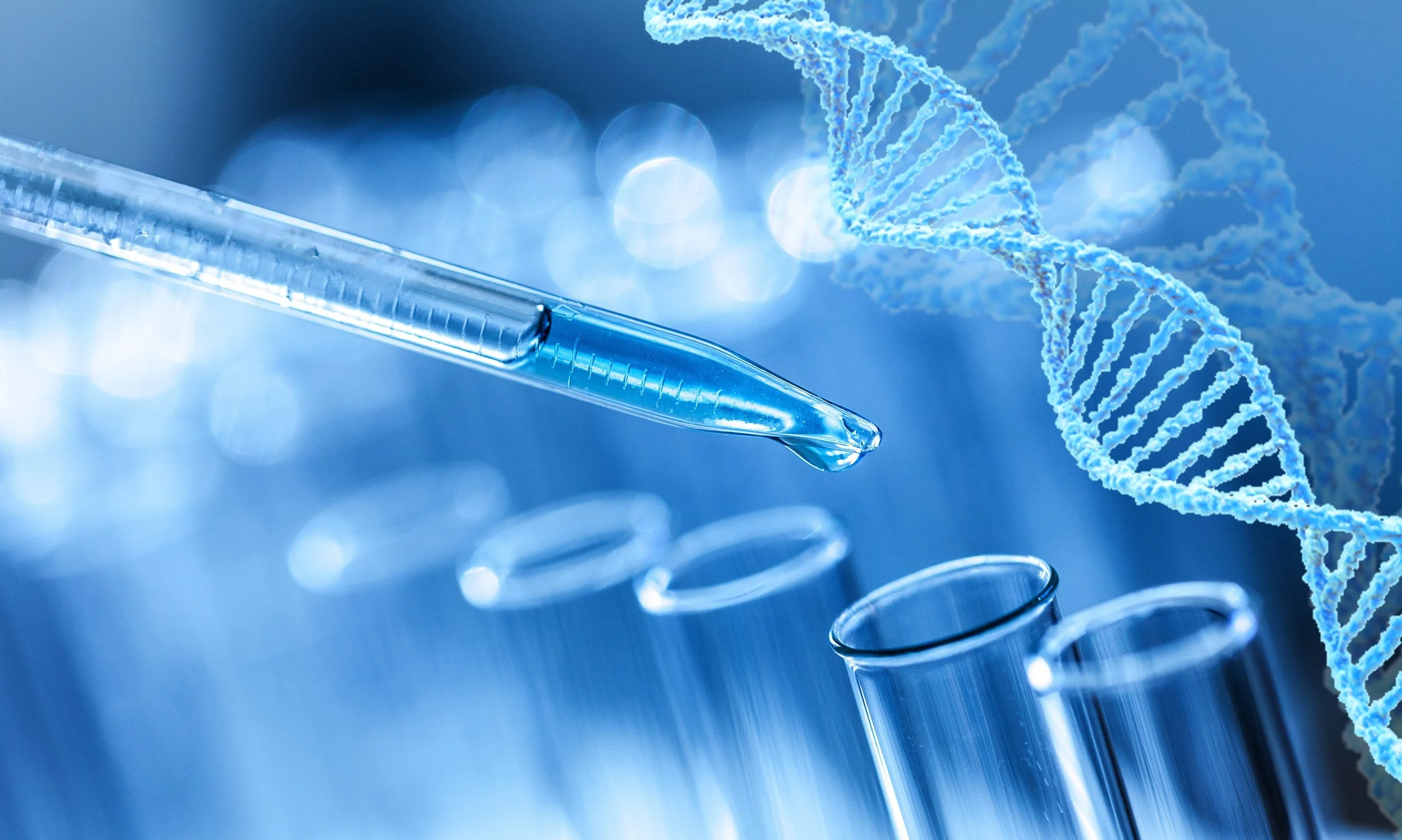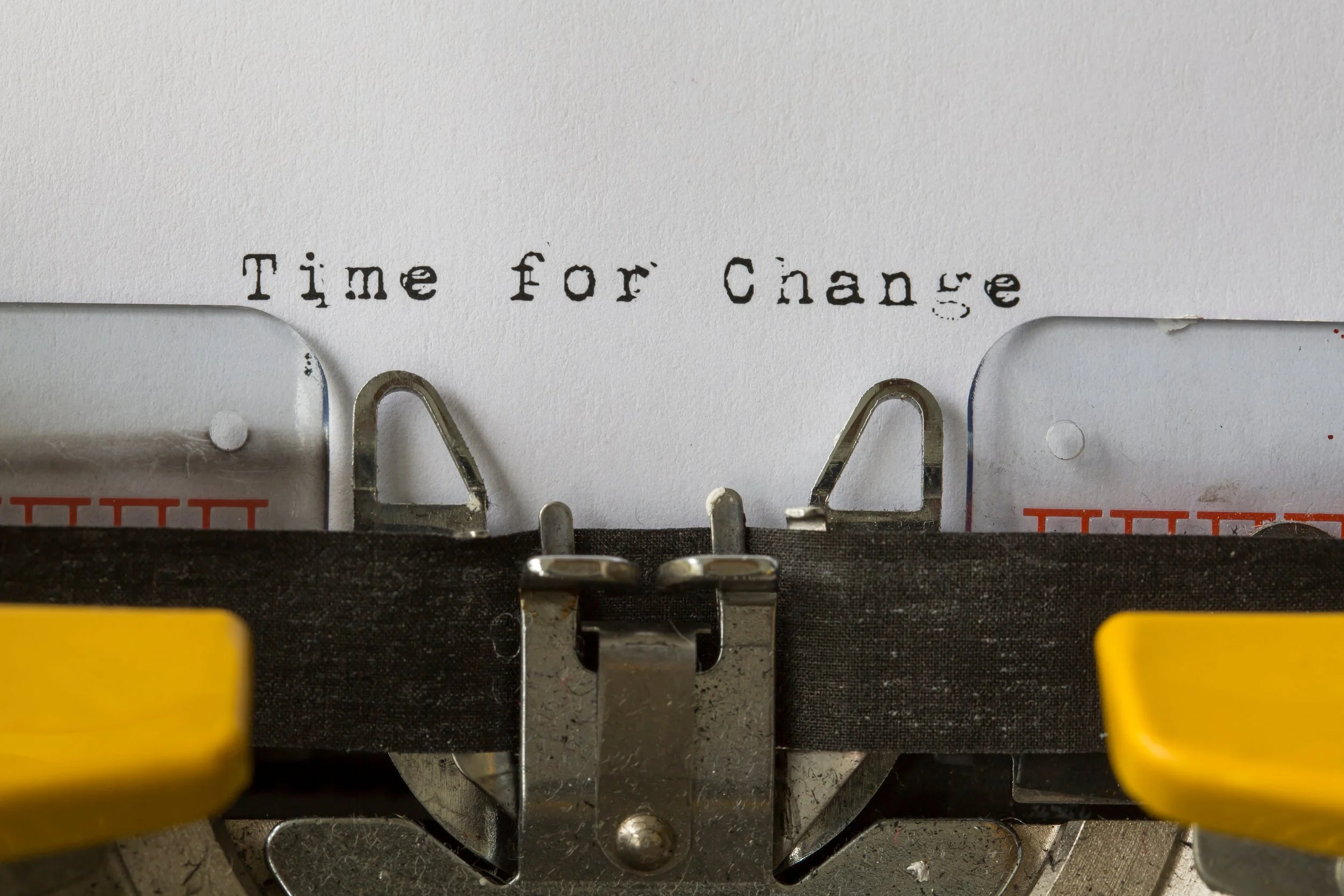Blogs
How to Select a DNA Sequencing Technology? A Guide to NGS Platforms
From Sanger to next-generation and long-read sequencing — explore key DNA sequencing technologies from Illumina, PacBio, BGI, Ion Torrent, and Oxford Nanopore and find the best platform for your study.
Enhance your transcriptome analysis: tips for preparing optimal RNA
High-quality RNA is crucial for successful RNA-seq. This article covers the first steps of the workflow—experimental design, choosing the right extraction method, and handling different sample types like tissues, FFPE, blood, and plants—to help ensure RNA integrity and reliable downstream results.
Revealing the genome's secrets: advances and applications of next-generation sequencing
From the early days of Sanger sequencing to the rise of next-generation platforms, DNA and RNA sequencing have transformed science and medicine. This article explores the history of sequencing technology, major applications like variant analysis, epigenomics, and clinical genomics, and walks through the full NGS workflow with practical tips for quality and accuracy.
Low input or inhibition? Quantitative approaches to detect qPCR inhibitors
qPCR inhibition can look a lot like low input—but the consequences of missing it are serious. This article reviews how inhibition affects Ct values and amplification curves, then explores practical detection strategies, including PCR efficiency analysis, internal controls, and kinetic outlier detection (KOD).
Inhibit inhibition: PCR inhibition and how to prevent it
PCR inhibition is a leading cause of amplification failure—even when DNA yield is sufficient. This article breaks down where inhibitors come from, how they interfere with polymerases and primers, and practical ways to prevent inhibition through proper extraction, reagent choice, and facilitator compounds.
Clean up your act: DNA and RNA purity
Impurities in DNA and RNA prep can derail PCR, NGS, transcriptomics, and other molecular workflows. Even with good extraction protocols, detergents, salts, enzymes, and solvents often persist and require cleanup. This article walks through common purification methods—like silica columns, magnetic beads, ethanol precipitation, and phenol-chloroform—and explains their limitations. It also highlights newer solutions that speed cleanup and improve purity for sensitive downstream applications.
Go Green: Sustainability in Laboratories
Laboratories consume large amounts of energy, water, plastics, and chemicals—often more than offices or other facilities. This article explores the environmental footprint of research labs and shares practical strategies to conserve energy, reduce waste, adopt green chemistry, and integrate sustainable alternatives. It also highlights how BioEcho’s EchoLUTION technology helps cut plastic use and hazardous reagents in molecular biology workflows.
The perfect sequence: no-fail DNA extraction methods
Sample type and storage conditions play a major role in DNA sequencing success. This article breaks down how to preserve DNA integrity across tissues, blood, plants, and viruses, and compares extraction methods—from organic and non-organic protocols to streamlined, single-step purification solutions like EchoLUTION.
When It’s All About Quality: The Importance of Purity and Integrity Estimation
High-quality DNA and RNA are essential for NGS, transcriptomics, and molecular assays—but yield alone isn’t enough. Purity and integrity determine whether a sample will perform in downstream applications. This article explains what “quality” really means, how to assess contamination and degradation, and why the right QC methods protect your results.
Measuring DNA - And Why It Might Be Wrong
Quantifying DNA is often necessary, but have you thought about how accurate the result is? Find out whether DNA quantification techniques measure up!
Nucleic Acids: A Guide to Spin Column Purification
Spin column purification provides a fast and efficient approach to nucleic acid extraction. Find out which kit is best for your application.
The Good, The Bad & The Ugly: DNA Extraction Techniques
Purification of DNA is not as easy as it seems sometimes. Many labs struggle to get sufficient yield and DNA quality. Learn about the pros and cons of different methods.
Why Settle for Less? Optimizing DNA Extraction from Plant Tissue
DNA extraction from plant tissue can be troublesome due to tough-to-lyse samples and contaminating DNase enzymes. Optimize your extraction methods!
5 Advantages of Automated RNA Extraction
Manual RNA extraction can be laborious and time-consuming, but automation technology is not only simplifying the process but improving results. Find out how.



